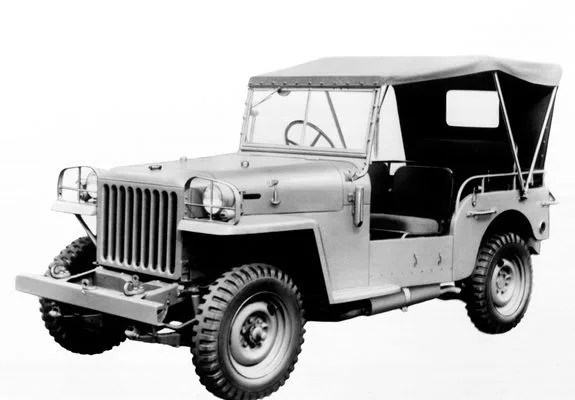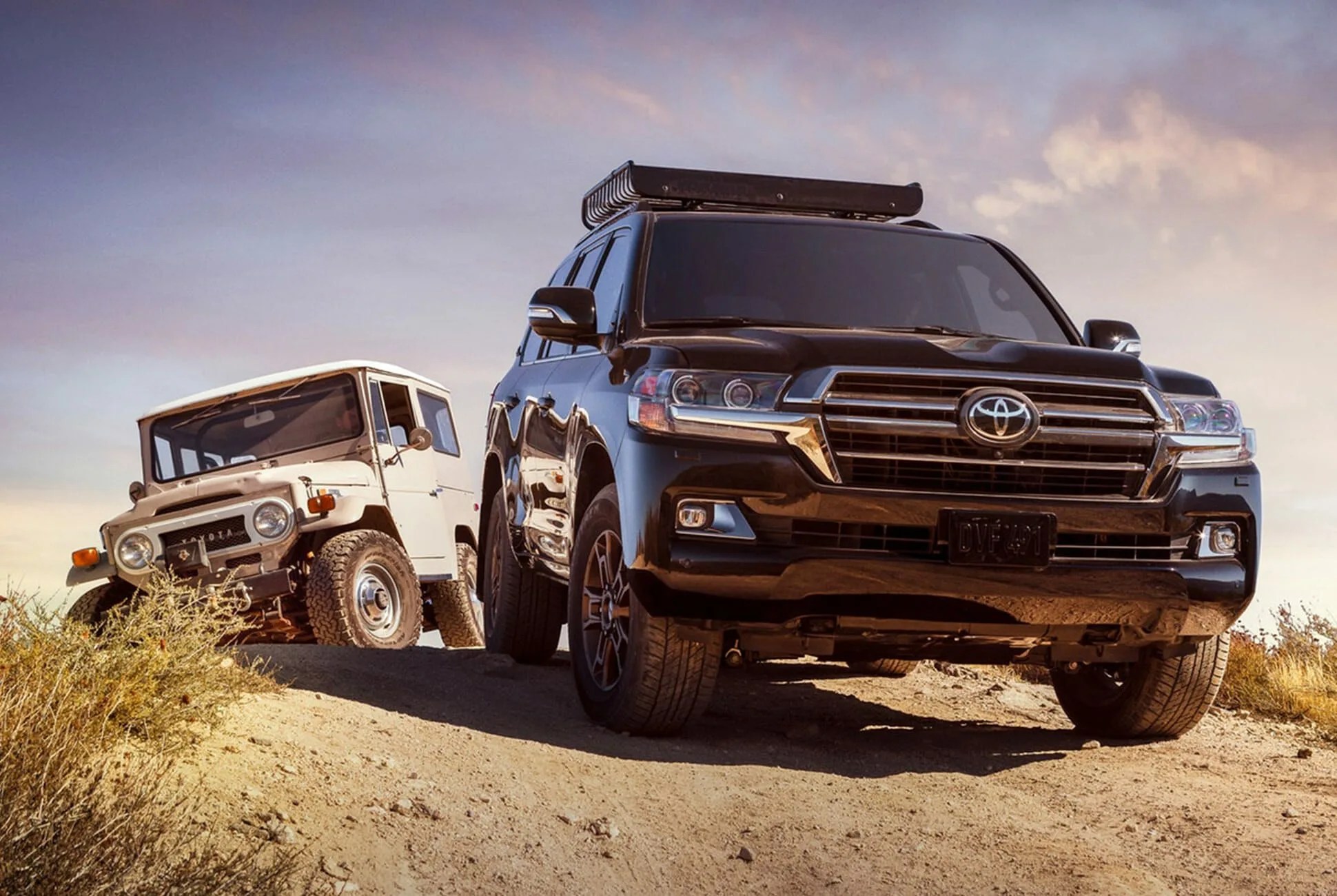The Toyota Land Cruiser is one of the motoring world’s most iconic nameplates. Toyota has sold more than 10 million Land Cruiser-branded vehicles globally. It’s one of the pillars upon which the behemoth that is Toyota was built.
Land Cruisers have been in series production for 70 years. And while most icons — Corvette, Mustang, Jeep CJ/Wrangler — remain relatively static, few vehicles have evolved more than the Toyota Land Cruiser. It began as a spartan amalgam of spare truck parts. It became one of the most luxurious, capable and well-built vehicles on the road — until Toyota took it away from the American market.
But Toyota is bringing the Land Cruiser nameplate back for the 2024 model year, which makes it an optimal time to revisit the Land Cruiser’s history throughout the generations and explore why people love it.
Why people love the Toyota Land Cruiser
Quality, Durability and Reliability
“Quality, Durability and Reliability” has become a Toyota hallmark. The Land Cruiser established that reputation and has been the greatest embodiment of it. Land Cruisers have been built in Japan and built to a standard, pairing high luxury with commercial-grade toughness. They cross deserts and the Outback. And they last forever doing it. How long will the FJ60 and its descendants stick around? The short answer is that we don’t know. Many of them are still on the road.
It’s not pretentious
One of my colleagues described the Toyota Land Cruiser aptly as “old money.” Perhaps to its sales detriment, the Land Cruiser is not flashy. It’s not flaunting badges. It has been an “if you know, you know” (and you don’t care whether others know) type of enthusiast vehicle. It’s for people who needed a family, dog and beach car and bought the best-made one they could find. The Mercedes G-Wagen shares many extraordinary build qualities with the Land Cruiser. But it’s far more often spotted brand new in LA than modestly sporting its 13th beach sticker on Nantucket.
Persistent Evolution
Toyota has never been puritanical about the Land Cruiser. It has held true to its roots as a rugged off-roader. But it has evolved with the times and the different locations (and emissions standards) it has encountered. America got the luxury family car it needed in the 1980s. Other markets needed a continuation of the FJ40 or absolutely rock-solid pickups with easily replaceable parts. Some form of Land Cruiser has been there for everyone and will no doubt continue to be as we move into a new era of automotive propulsion.
How the Toyota Land Cruiser Got Started
 Toyota
ToyotaToyota grew into one of the world’s largest automakers in the years after World War II. The Land Cruiser, the company’s iconic off-roader, set the table for that rise to power. It was the first Toyota seen in many parts of the globe — at times because it was one of the few cars that could reach those places.
It cemented Toyota’s self-described reputation for “quality, durability and reliability.” Indeed, the Land Cruiser defined itself by its ability to do just about anything … except consume gasoline efficiently.















